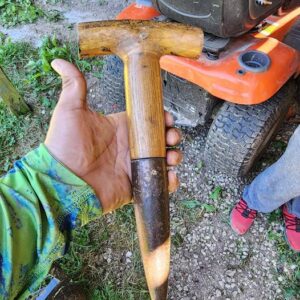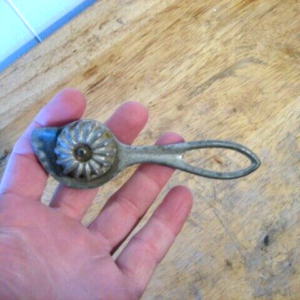History of Vintage Corning Ware
Corning Ware debuted in the late 1950s, developed by Corning Glass Works (now Corning Inc.). The cookware’s key innovation was Pyroceram, a material initially created for missile nose cones during the space race. This breakthrough material could withstand extreme temperature changes, making it ideal for kitchen use. In 1958, Corning Ware introduced the iconic blue Cornflower casserole dish, which quickly became a staple in American households.
Throughout the 1960s and 1970s, Corning Ware expanded its product line, introducing various patterns and colors reflecting changing tastes. The versatility and durability of Corning Ware made it a favorite among home cooks, who appreciated its ability to go from the freezer to the oven to the table without cracking or breaking.
Usage of Vintage Corning Ware
Vintage Corning Ware is known for its versatility and durability. Made from Pyroceram, it supports various cooking methods, including baking, broiling, and microwave cooking. Its resistance to thermal shock means you can transfer it directly from the refrigerator or freezer to a hot oven without risk of damage.
One beloved feature of Corning Ware is its dual use as cookware and serveware. Home cooks appreciate the convenience of cooking a dish in the same container used for serving, reducing the number of dishes to wash and making for an elegant presentation. Classic designs like Cornflower Blue, Spice of Life, and Wildflower patterns add a nostalgic charm to any table setting.
Legacy of Vintage Corning Ware
Vintage Corning Ware enjoys enduring popularity and continued use in kitchens worldwide. Collectors and home cooks treasure vintage pieces for their quality, durability, and nostalgic value. The iconic designs and reliable performance have made Corning Ware a beloved brand that spans generations.
Beyond its functional benefits, vintage Corning Ware holds significant cultural and historical value. It represents an era of innovation in kitchenware and reflects mid-20th century American culture. This enduring appeal has led to a robust secondhand market, with collectors seeking out rare patterns and well-preserved items.
Today, Corning Ware continues to be produced, but vintage pieces remain highly sought after for their superior quality and unique designs. They serve as a testament to the ingenuity of Corning Glass Works and the timeless appeal of well-made kitchenware. Whether used for everyday cooking or displayed as cherished collectibles, vintage Corning Ware continues to symbolize durability, versatility, and mid-century charm.



